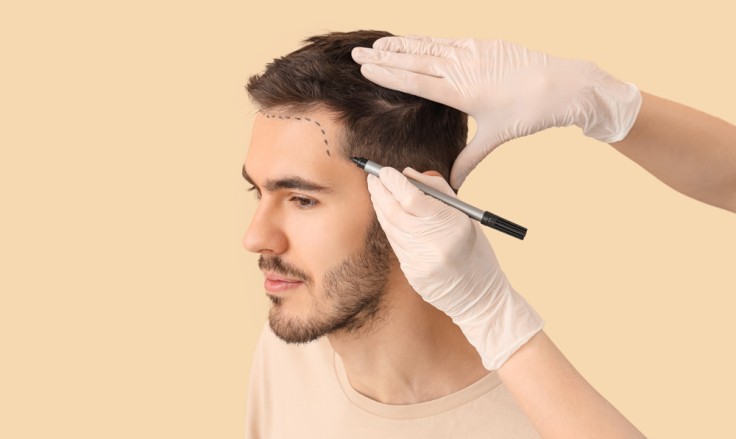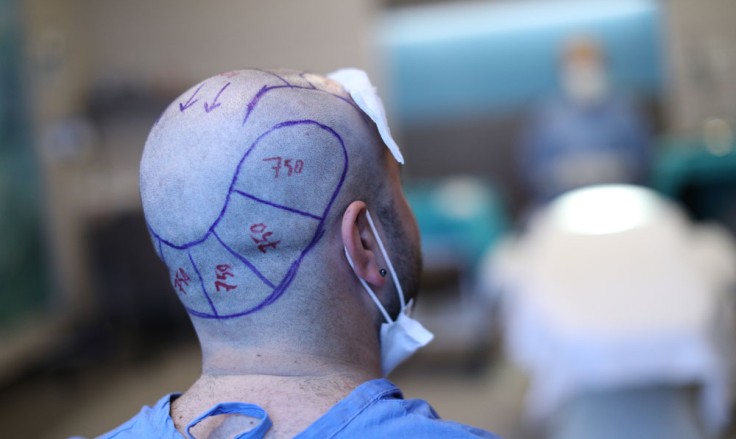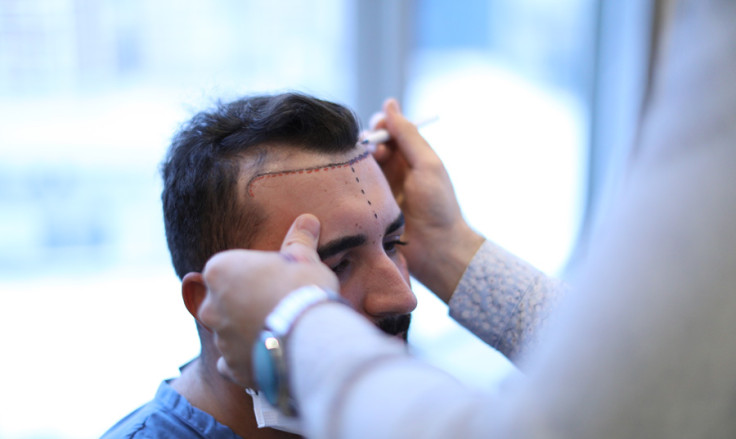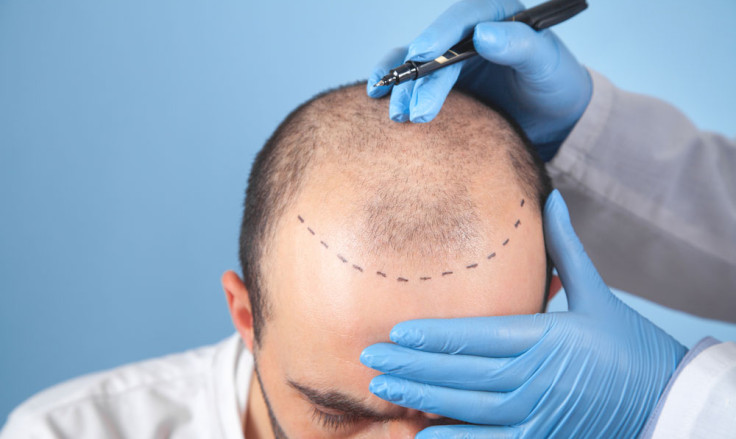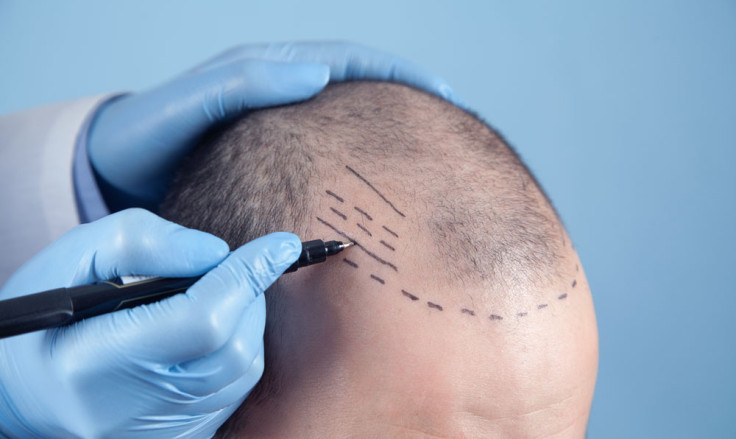What to Expect During Recovery After a Hair Transplant
Introduction
A successful recovery after a hair transplant is crucial for achieving the best long-term results. While the procedure itself is minimally invasive, proper aftercare helps ensure optimal healing and hair regrowth. We explain what to expect at each stage of your recovery after a hair transplant. We also explore how to maintain healthy hair growth.
Immediate Post-Surgery Recovery
The first seven days play a key role in your overall recovery after a hair transplant.
- Swelling and Redness: Mild swelling and redness around the transplant area are common.
- Scab Formation: Small scabs will develop around implanted follicles as the scalp begins to heal.
- Discomfort: Some patients experience slight discomfort, which can be managed with prescribed medication.
- During this stage of recovery after a hair transplant, avoid touching your scalp. You should also avoid engaging in strenuous activities to prevent complications.
The First Week After a Hair Transplant
During the first week, the transplanted area begins to heal, and aftercare is essential.
- Sleeping Position: Sleep with your head elevated to minimise swelling.
- Gentle Washing: Wash your hair carefully with surgeon-approved shampoo to keep the area clean.
- No Strenuous Activity: Avoid exercise, bending, or heavy lifting to prevent excessive blood flow to the scalp.
- Following these guidelines ensures a smooth healing process.
Weeks 2-4: Shedding and Healing
During this phase of recovery after a hair transplant, many patients experience temporary hair shedding.
- Shock Loss: Transplanted hairs fall out before new growth begins. This is a normal phase.
- Reduced Redness: The scalp gradually returns to its natural colour.
- Itching: Mild itching is common as the scalp heals. Avoid scratching to prevent irritation.
- This phase is temporary and signals the start of new hair growth.
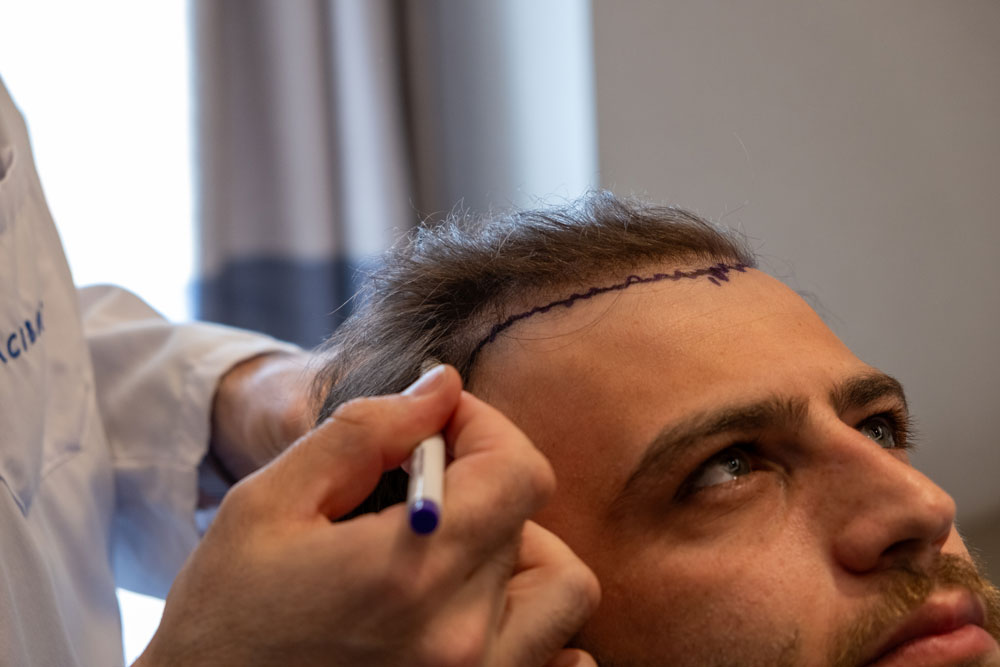
Months 2-6: Hair Regrowth Begins
By the second or third month, the real transformation begins.
- Fine Hair Growth: New hairs appear thin and soft but strengthen over time.
- Patchy Growth: Hair may grow unevenly at first, but this improves with time.
- Increased Density: By month six, hair thickens, and results become more noticeable.
- Patience is key, as full results take time to develop.
Final Results: 9-12 Months After Surgery
By 9-12 months, the final stage of recovery after a hair transplant is complete.
- Stronger Hair Strands: The transplanted hairs fully mature and blend with existing hair.
- Natural Appearance: The hairline and density appear more refined and even.
- Long-Lasting Results: Proper aftercare ensures permanent and natural-looking results.
- Regular check-ups with your surgeon help track progress and maintain healthy hair growth.
Conclusion
A smooth recovery after a hair transplant requires patience, proper aftercare, and realistic expectations. The first few weeks focus on healing, while the following months bring gradual hair regrowth. By 12 months, most patients enjoy full, natural-looking results. Following post-surgery instructions and maintaining a healthy lifestyle ensures the best outcome.
For more information and to book a consultation visit the ACIBADEM Beauty Center website.

